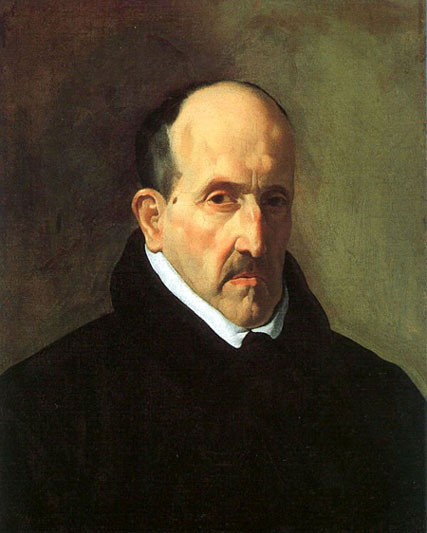The directory «Plots»
Góngora y Argote Luis de
(1561–1627)

Poet of the Spanish Golden Age, b. Cordova. Of a cultured family, he studied in Salamanca and became a prebendary (1585?) and later a priest (1617). In his youth he was carefree and pleasure loving. His early religious duties were largely diplomatic and took him through much of Spain. Later he spent two years at court and became involved in a controversy with young Quevedo, who lampooned him. Góngora, who has been called Spain’s greatest poet, successfully wove Renaissance and popular poetry into an original and elegant form. A poet of great sophistication, wit, and culture, he expressed an extraordinary visual imagination. The countervailing qualities of irony and melancholy enhanced his work as well. His earlier poetry includes sonnets, at which he excelled, and ballads. His fame, however, rests primarily upon the great, complex, stylized works of his maturity; these include Panegyrico al duque de Lerma (1609), Fábula de Polifemo y Galatea (1613?), and the unfinished pastoral idyll, Las Soledades (1613), now considered his masterpiece. Góngora’s style gave rise to the term Gongorism, signifying a baroque tendency in Spanish literature that is the equivalent of euphuism in England. Characteristic elements of his style include an innovative use of the metaphor, latinization of vocabulary, and classical and mythological allusion. The critical controversy over Las Soledades continued for three centuries. Although his collected works were not published until 1921, Góngora greatly influenced modern Spanish poetry.
Spain, 1961, Luis de Góngora y Argote
Spain, 1961, Luis de Góngora y Argote
Spain, 2002, Quevedo and Gongora
Spain, 2002.12,  Calpe. Quevedo and Gongora
Calpe. Quevedo and Gongora